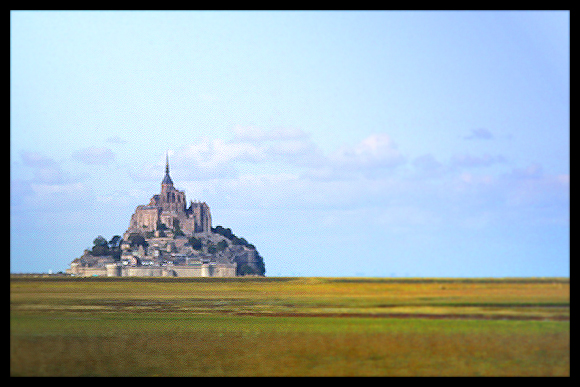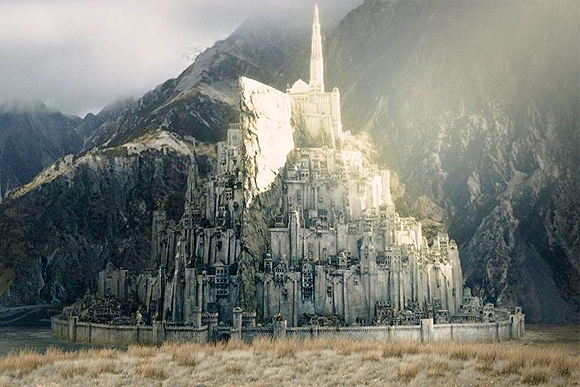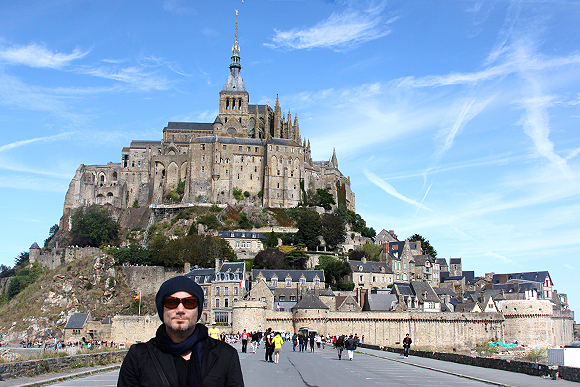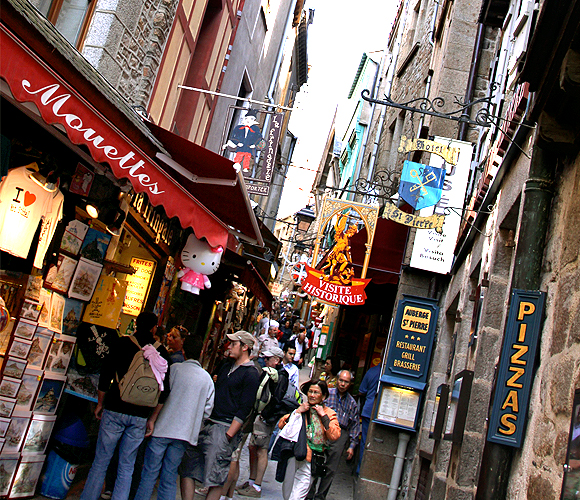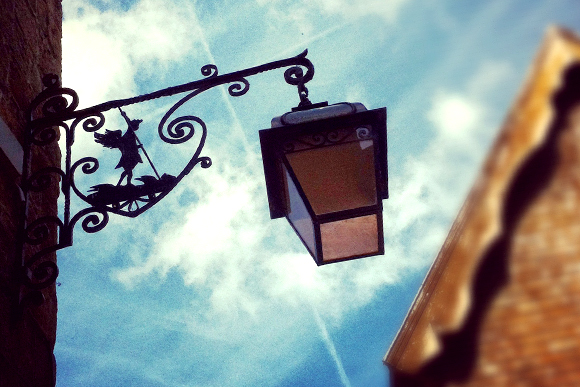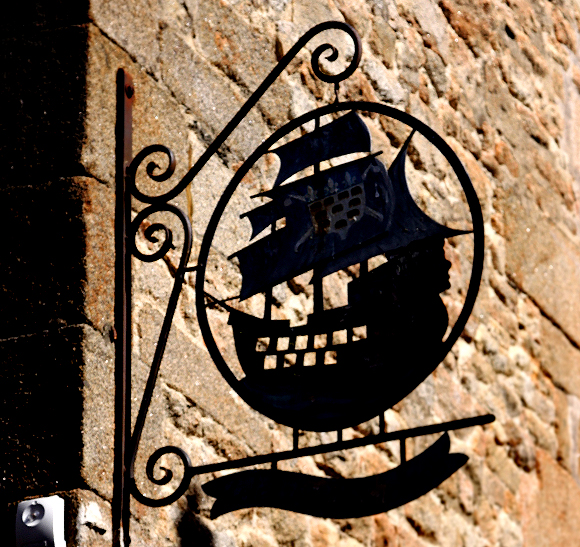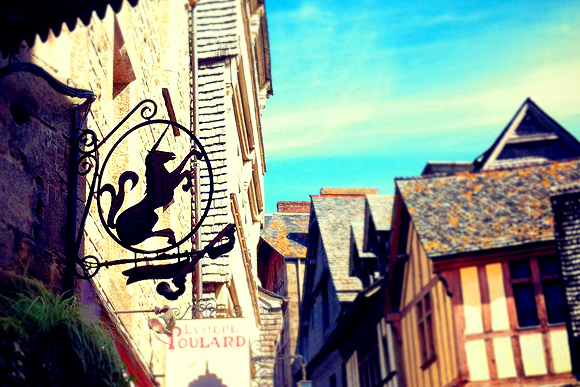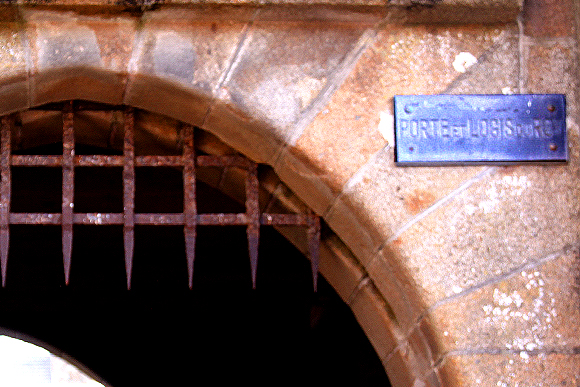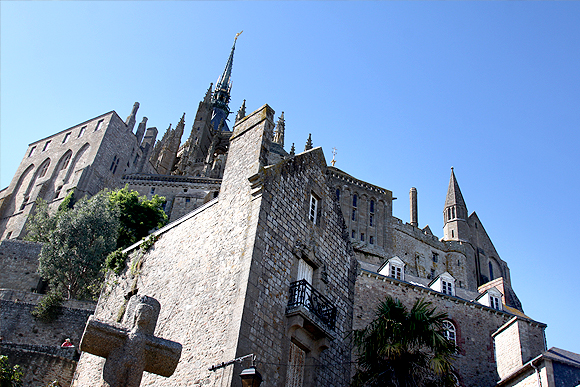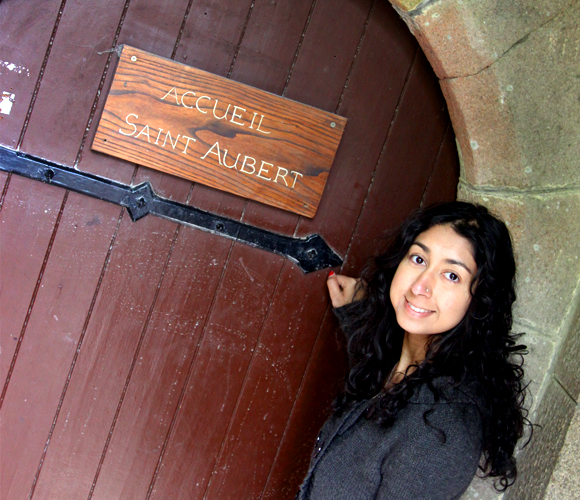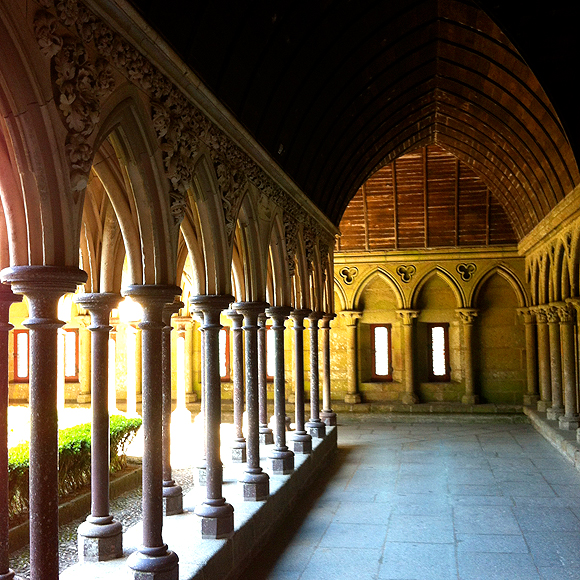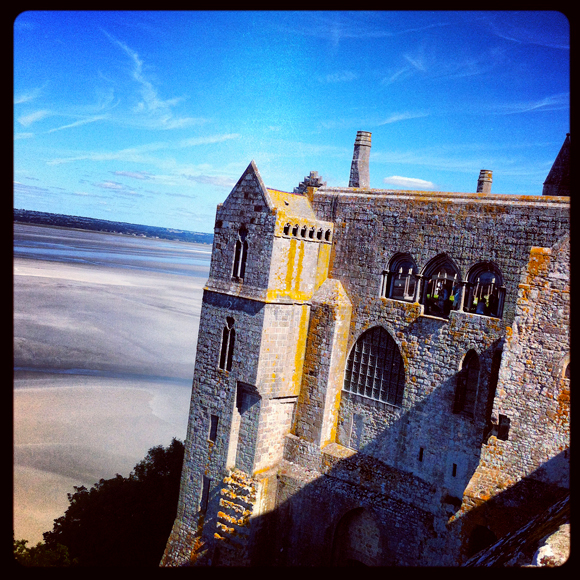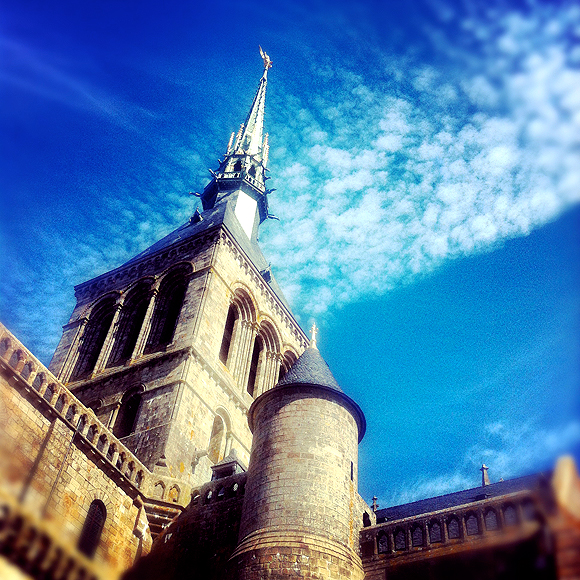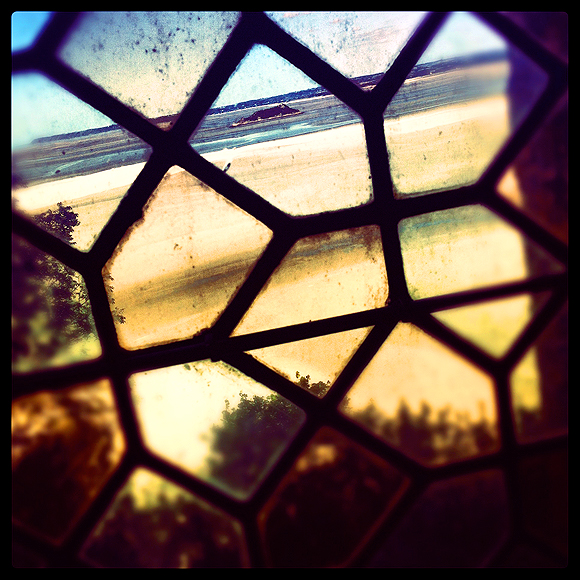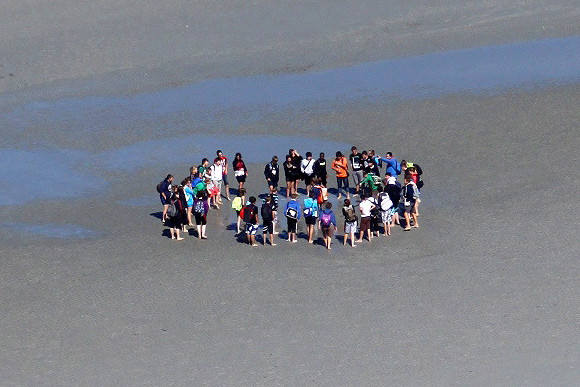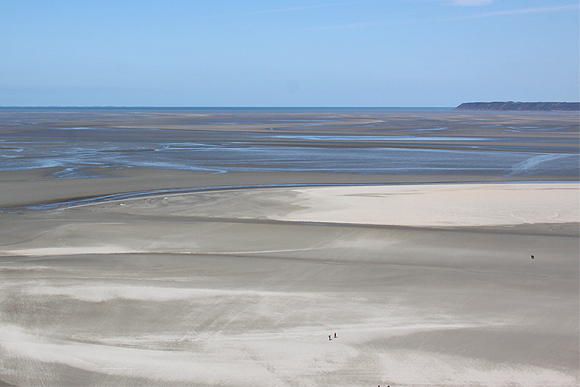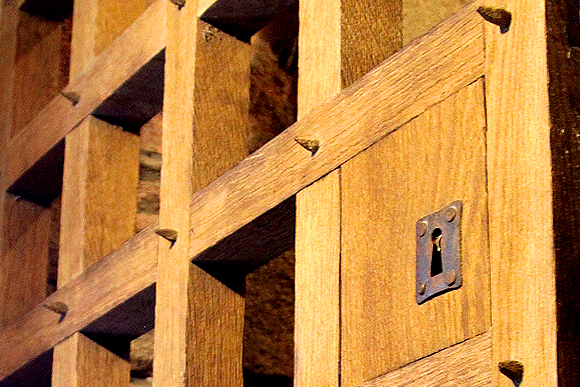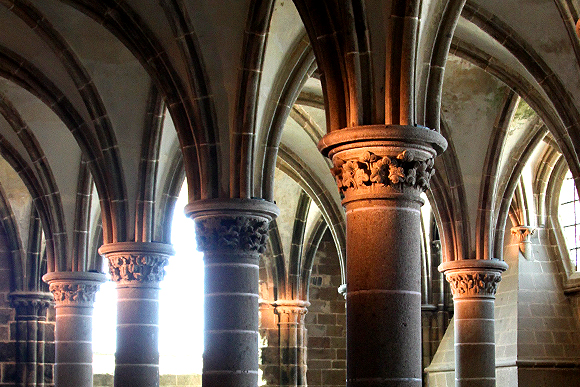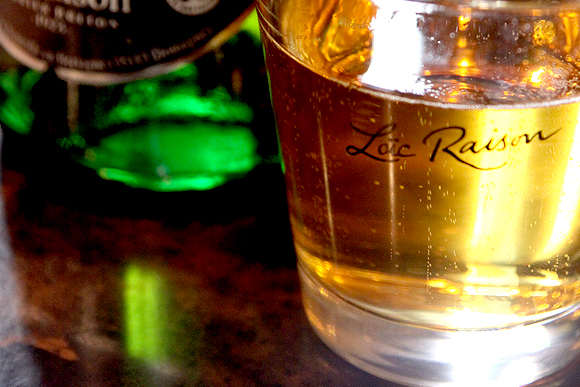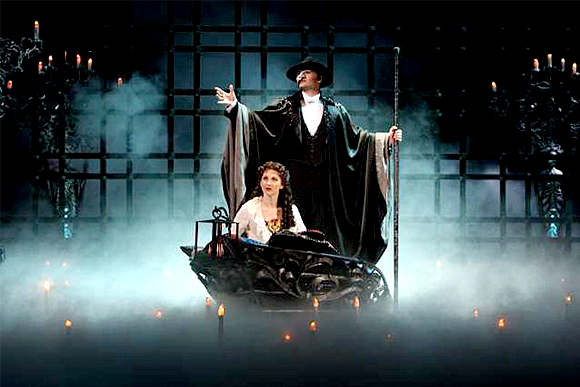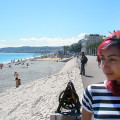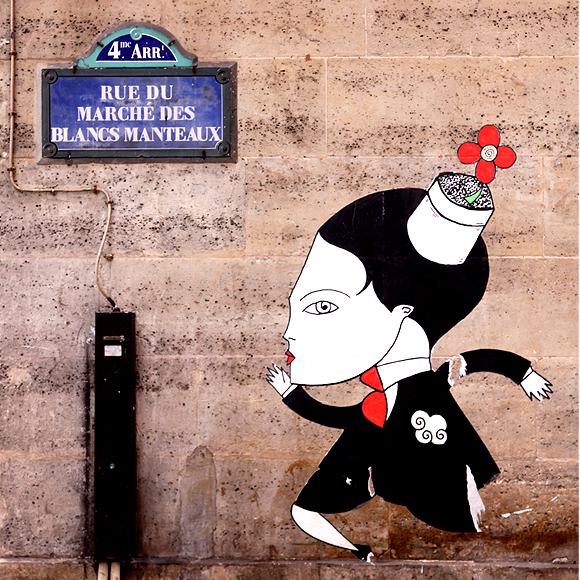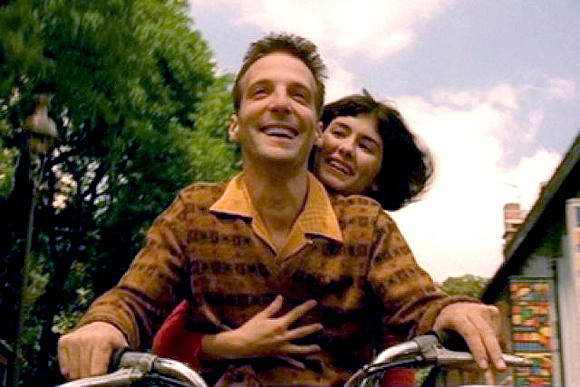Sleepy Paris, still dark as we creep out of our building in the dim hours just after dawn, not wanting to miss our (very early) bus… a second time.
Our attempt to find the Tour Offices the previous morning failed miserably – the maze of foreign streets in combination with a flimsy tourist map left us frustrated and helplessly lost. After asking a nearby hotel’s concierge for directions, we managed to find our coach just as it trucked off loudly past us, the driver paying no attention to our flailing arms – a desperate and futile attempt to redeem our disastrous morning.
With that in mind, I suggest you find your Tour Office before your departure date. This is one of the lessons I learned early on – scout departure points the day before a trip; a warning I myself didn’t heed on this occasion! Luckily, we were able to pay a small fee and reschedule our booking.
Our destination today is Mont St Michel, the iconic floating fortress off the Western shore of France. I have always had a fascination with Brittany and Normandy – a seemingly misplaced piece of mother England in one of her long-time rivals – so I wait with nervous anticipation on the giant coach that is ferrying us there. It’s a four hour drive, so if you’re planning on doing the same, I suggest you take a good book!
Finally, the peak of the Mont appears over the flats of coastal France – and it is as magnificent as all the hype makes it out to be. In fact, so spectacular the view, Peter Jackson used it as inspiration in his adaptation of Tolkien’s epic fantasy trilogy, The Lord of the Rings.
A UNESCO World Heritage listed site for it’s cultural, historical, architectural and aesthetic significance, this legendary island has laid witness to centuries of turmoil. From being ransacked by the Franks in the 7th Century, and then taken back by the Vikings in the 9th Century, to withstanding the Hundred Years War in the 15th Century (France’s greatest victory against England!), it has born it’s share of wartime scars.
Our coach drops us at the mainland car park, just a few short kilometers away. We catch a shuttle bus across the rampart to the base of the island fortress, barely able to contain our excitement.
When we arrive, the first thing I notice are the sandy, bare-footed children sitting on the wall, legs dangling off the edge, eating their lunch time baguettes. Imagine – living close enough to visit for a school excursion! Somehow Taronga Zoo pales in comparison…
Once inside, the narrow main street of the village greets us in steep ascent; a snake winding a path through a jungle of shops, restaurants, hotels, museums and other attractions – a path that is of course jam-packed with people.
Despite the crowds, there is still some magic about this place that takes my breath away. I look up for a different view of the Mont; instead of baseball-capped heads and Mont-themed postcards, I see wrought-iron signage hanging from the charming stone-and-tudor-style buildings, works of art heralding from above, against a backdrop of brilliant blue sky;
We seek out the Mont’s little secrets on our walk, remnants of medieval architecture;
And then the crowning glory. At the very top of the main street is the church-turned-abbey; the gothic masterpiece which brings the flocks of tourists to this corner of the world.
Legend has it, the archangel Michael appeared to St Aubert in 708 and instructed him to build a church on this tiny island. Over the years the abbey has undergone expansion and reconstruction; from humble beginnings it has grown into one of the most visited sites in France, and attracts more than 1 million people each year. (I have no doubt considering the crowd today!).
Following the congo lines of Japanese tourists through the chapel (who stop only long enough to snap a photo on their iPads and then quickly grab onto the person in front, lest they lose the group), we end up in the Benadictine Cloister, built right on top of the world. As if walking into a glossy travel brochure, I see a patch of perfectly pruned green garden, surrounded by a mirror-like cascade of gothic arches.
They cast the most spectacular shadows in the afternoon sun, and make for once-in-a-lifetime photo opportunities (as long as you wait for the lull in-between the wolf packs of tourists).
We linger a while, not wanting to leave this hushed and spiritual place (even as Agnostics we can tell there is a very good reason why the archangel chose this site for his church). But eventually the setting sun hurries us along, and we have to shuffle off, in true tour group fashion.
Up on the roof – our last port of call – the view of the low-tide coastline is staggering;
We spy the school children from earlier, now back on the sand, taking a closer look at what seems to be an intriguing discovery;
The expanse of dunes seems to spread out infinitely before us, as if we are visiting the nomadic tribes of the Sahara, not the monks of continental Europe;
At least, for now. At high-tide, it is a completely different matter. I’d love to be on the mainland during the evening, to look back at the Mont and see the golden lights of the isle twinkle against the depths of the navy blue sea.
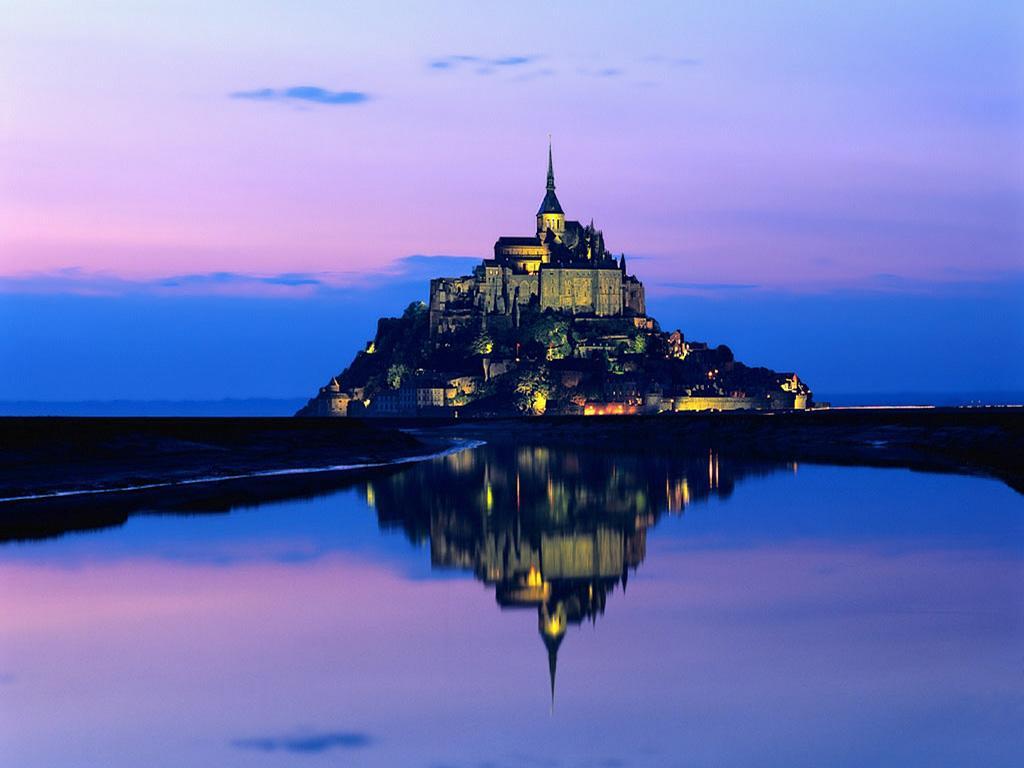
Credit: The Best Travel Destinations
It’s a long way back down again, and not one for the claustrophobic. During the French Revolution, the abbey was used as a prison, and the only way out is through these rooms.
Finally, emerging from the Abbey into the light of day once again, we have just enough time to sample Normandy’s local specialty, mussels and apple cider;
… Just before jumping on the shuttle back to the car park, and making a mad dash for our coach before it runs off without us again…
Missing a bus in Versailles may only cost you a couple Euro and an hour of your time. Missing a bus in Normandy will put you back a nights’ accommodation and a hefty taxi fee!
Taking the day tour from Paris, we had a solid four hours at the Mont, which is just enough time to see the highlights. But next time we visit we’ll be enjoying a leisurely night or two on the island – and I recommend you do too… Unless you enjoy Cuban carnival marches!
 Enjoyed this post? Read the next post from this series: “A Honeymooner’s Guide to six weeks in Europe” now!
Enjoyed this post? Read the next post from this series: “A Honeymooner’s Guide to six weeks in Europe” now!


